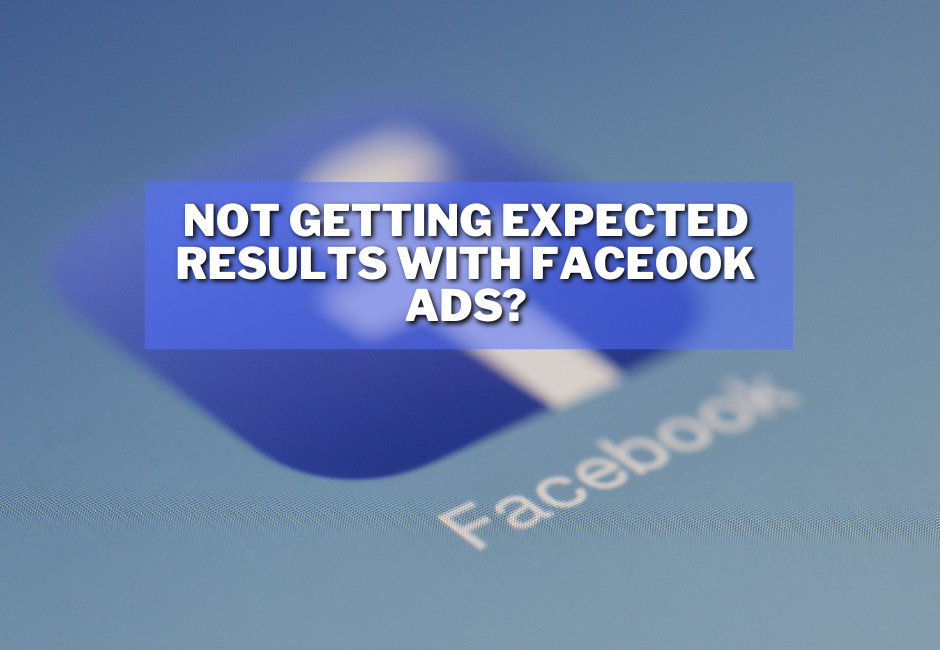The time it takes to see results from Facebook ads can vary widely based on several factors, including your campaign objectives, target audience, ad budget, ad creative, and the competitiveness of your industry. Here’s a general timeline of what to expect:
Immediate Engagement: You might start seeing some engagement (likes, comments, shares) shortly after your ads are published. This immediate feedback can provide a sense of how your ad resonates with the audience.
First Few Days: Within the first few days of your campaign, you should start to see initial metrics like clicks, impressions, and click-through rates (CTR). This can help you gauge the effectiveness of your ad targeting and creative.
1-2 Weeks: By the end of the first or second week, you might begin to see more substantial results, such as increased website traffic, lead form submissions, or engagement on your desired actions.
Optimization Phase: Facebook’s ad algorithm needs time to learn and optimize based on user interactions. It’s common to allow campaigns to run for at least a week or two before making significant adjustments. During this phase, you can analyze the performance data and make informed decisions about targeting, ad placements, and creative.
2-4 Weeks: Generally, after about 2-4 weeks of running your Facebook ads consistently, you should have enough data to identify trends, strengths, and weaknesses in your campaigns. This is a good time to refine your targeting, messaging, and creative based on the insights you’ve gathered.
Longer-Term Results: Depending on your campaign goals (brand awareness, lead generation, sales), it might take several weeks to a few months to see substantial, sustained results. Building brand recognition and customer trust often takes time.
Remember that Facebook ads are part of a larger marketing strategy, and results can be influenced by external factors such as market conditions, seasonality, and changes in user behavior. Continuously monitor and adjust your campaigns based on the data you gather to improve their performance over time.





